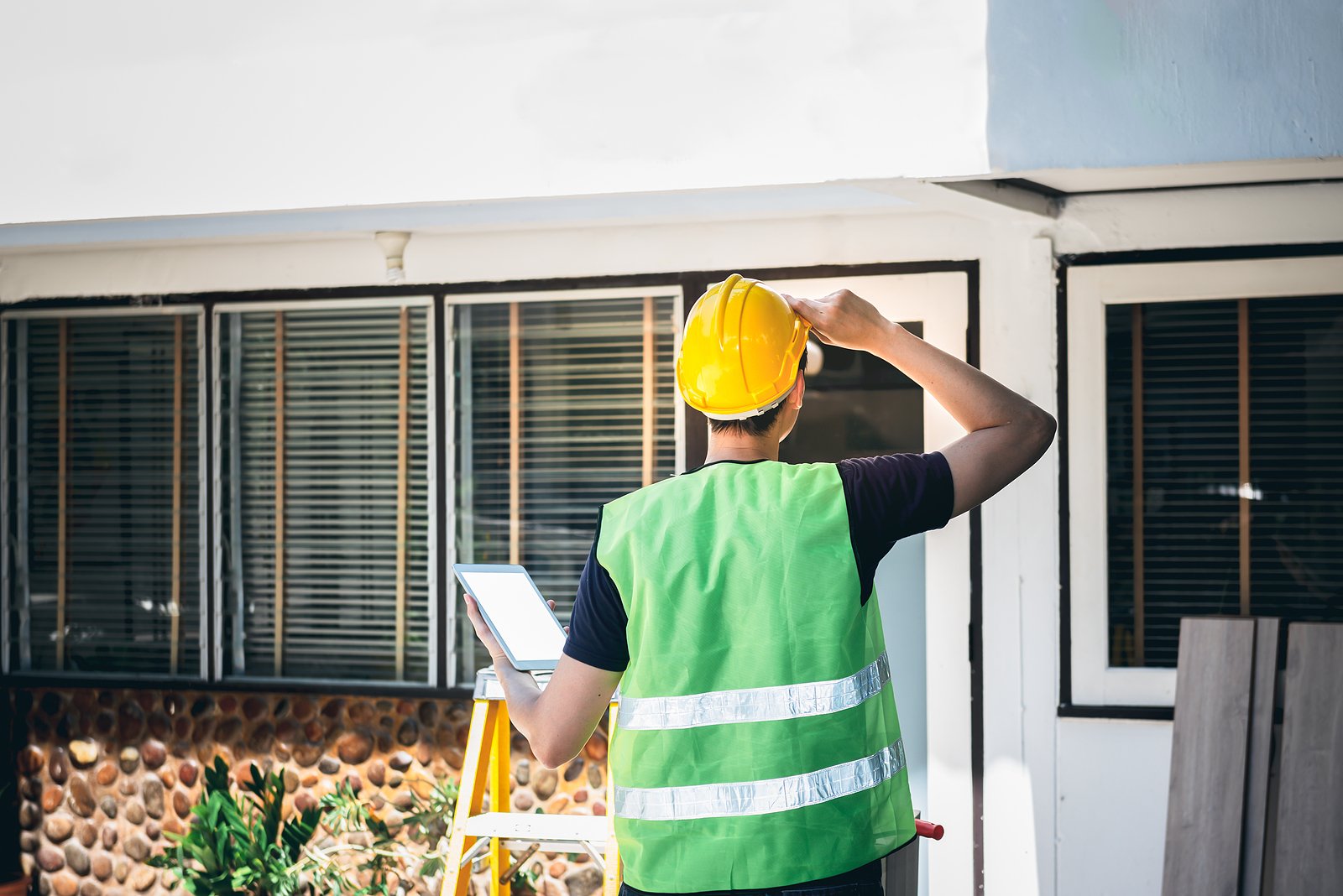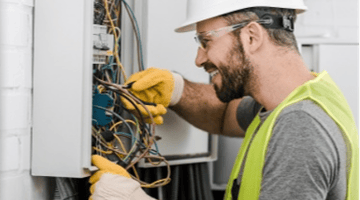The brick facades, symmetrical design, and elegant moldings of Federal-style homes beautifully...
Inside Your Walls: Five Things to Guard Against
 Most homeowners don't spend a lot of time looking at what's behind their walls. Instead, they assume the electrical wiring, pipes, vents, and ducts are in there, doing their jobs and making the house function properly. But there could be a whole lot more going on inside your walls than you think.
Most homeowners don't spend a lot of time looking at what's behind their walls. Instead, they assume the electrical wiring, pipes, vents, and ducts are in there, doing their jobs and making the house function properly. But there could be a whole lot more going on inside your walls than you think.
Dangers That Can Lurk Within
If your house was built before 1990, several things in your walls could be toxic to your family. Let's look at five of the most common toxic substances found inside the walls of many homes.
- Lead-based paint – Lead-based paint has been banned due to the toxicity of lead to our health. Lead poisoning can lead to mental and physical developmental problems, particularly for children under six. If you don't have kids in the house, it doesn't mean there is no cause for concern. The effects of lead poisoning build up over time, and anyone can be affected, often seriously.
- Asbestos – For years, asbestos was used as insulation in homes and businesses, and by the US military. Before long, asbestos was being used in nearly any industry and product, you could name, from brake shoes on your car to crayons that contained talc. Ceiling tiles, floor tiles, adhesives, and plastics all contained asbestos. Everything we knew about it was good. Everything we didn't was deadly. Asbestos fibers have been proved to cause respiratory illnesses and cancer that can become severe and even fatal. As the dangers became apparent in the late 1970s, the material was banned and removed from most uses. However, if you have an older home and no one has conquered the problem, the odds are high there's asbestos lurking in your walls.
- Radon gas – Radon is a naturally-occurring gas that is colorless, odorless, and radioactive. It can cause cancer. It is produced from the breakdown of radium and uranium, whose decay causes ultra-fine particles that are radioactive. It is found in the soil and is common throughout the United States. Approximately one in 15 homes have excessive amounts of radon. It enters the home through various means, including untreated crawl spaces, floor-wall joints, cracks in the concrete slab, and more.
- Mold – If your home has any moisture leaks, mold inside the walls is a distinct possibility. If members of your family struggle with respiratory issues and constant sniffles, mold could be the culprit. You need to have the mold professionally removed.
- Old wiring and electrical components – Unless you built your home, you cannot know what the electrical wiring system looks like and how old it might be. Weak, frayed, or damaged wiring can force your appliances and lighting to use extra electricity. Faulty wiring can also cause sparks that lead to a fire.
Fire Hazards
Old and damaged wiring may cause an increase in energy consumption, but it can also leave your home vulnerable to electrical fires. Unfortunately, loose or outdated wiring is one of the leading causes of house fires.
This brief list gives you an idea of the variety of potential problems that could be lurking in the walls of your house. Every homeowner wants their home to be as safe as possible. If you have reason to suspect the condition of your wiring, call us to do an inspection. We can help identify issues that can lead not only to a safer home but a more energy-efficient one.
At Wilcox Electric, we care about your home. We're always here to answer questions or set up an inspection. Contact us today – when everyone is safe, we at Wilcox Electric are happy.



